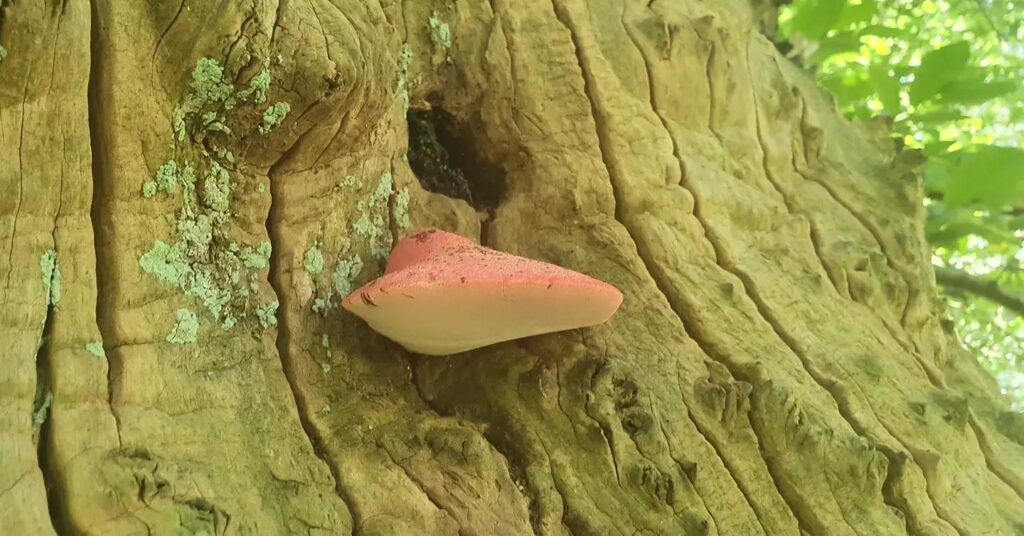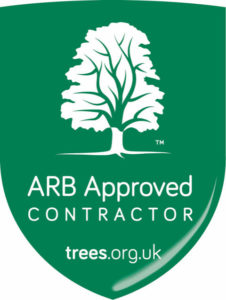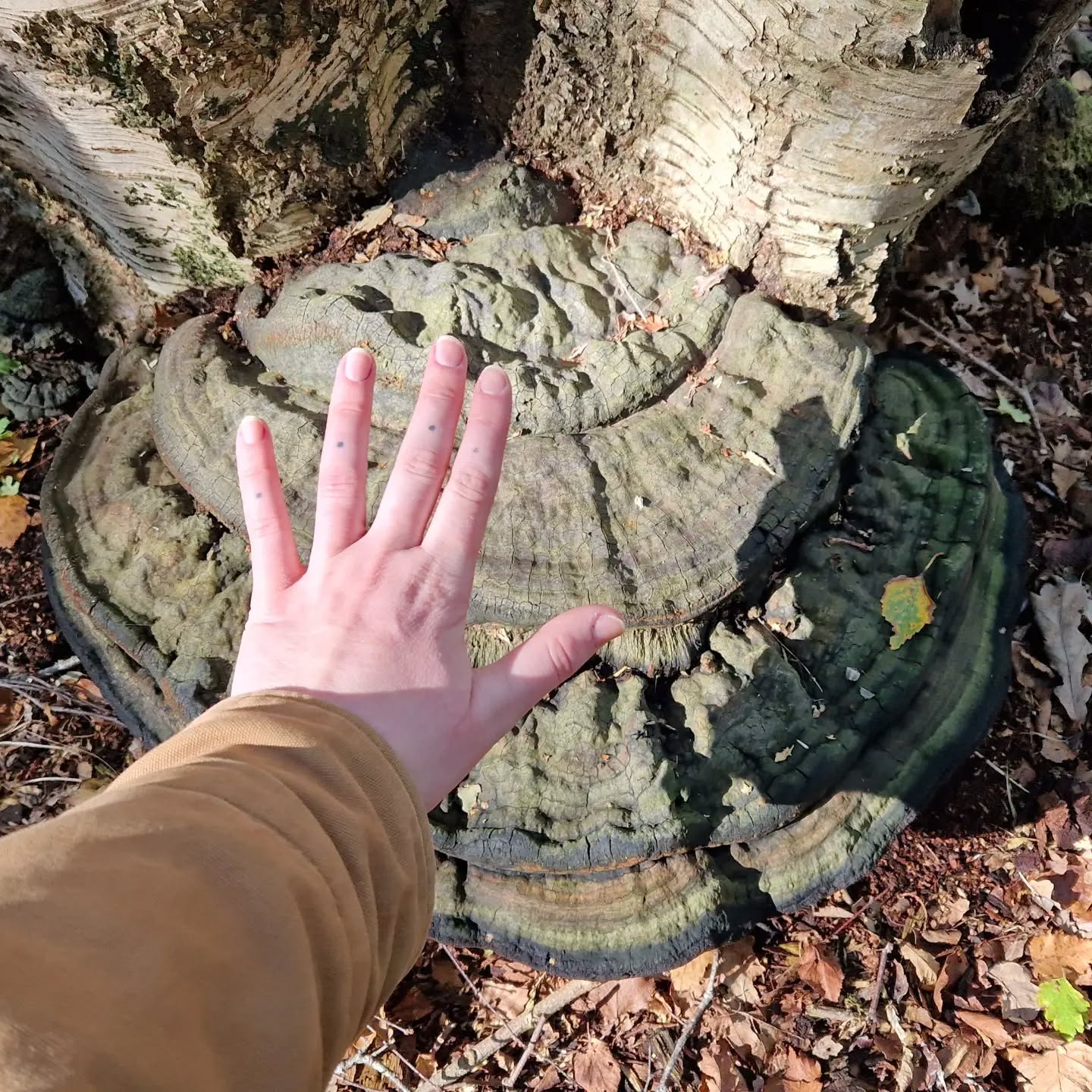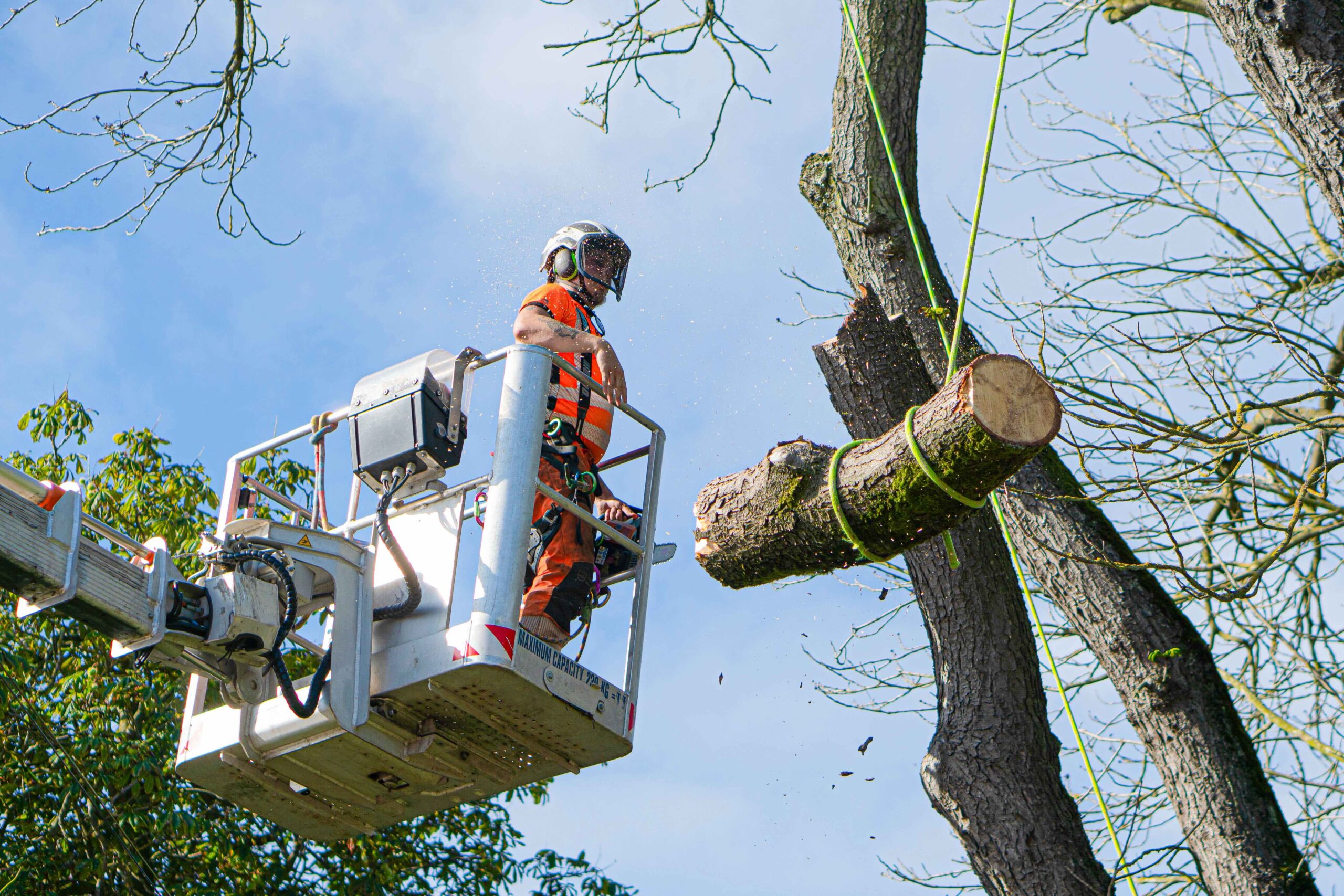“Is this fungi poisonous?”
“Is my tree going to die?”
“What type of mushroom is this?”
We often hear these questions from our clients who spot fungi on their trees or in their garden. It’s natural to be concerned, as fungi can sometimes signal decay or disease. While not all fungi are harmful, some absolutely can be. Understanding the difference is vital to tree health and safety.
As an Arboricultural Associated Approved Contractor (ArbAC), we’re here to help. Our team can identify the fungi on your trees, check for decay, create a tree management plan, and help you understand what to watch out for as the seasons change.
Are all fungi harmful?
The short answer? Not all fungi are harmful. In fact, fungi play an important role in woodlands and gardens. They can help break down organic matter, return nutrients to the soil, and support healthy regeneration. Some fungi even form symbiotic relationships with tree roots (known as known as mycorrhizal fungi), making it easier for trees to absorb water and nutrients. Simply put, fungi can be a sign of a healthy garden.
Fungi which may affect your tree are referred to as decay fungi. These species feed on living or dead wood, and can weaken a tree from the inside out. Often, there are no obvious signs until the damage has advanced. The fruiting bodies of the fungi you see may indicate that the tree is already compromised, hollow, or unstable.
Common decay fungi in the UK
Let’s talk about some of the most common decay fungi you might spot in the UK.
Ganoderma fungi, including Artist’s Bracket (Ganoderma spp.)
Several species of Genoderma are found in the UK. One of the most common is Artist’s Bracket, which can cause white rot, often leading to severe internal decay. Brackets can grow to impressive sizes and affect a wide range of tree species.
Honey fungus (Armillaria mellea)
A particularly aggressive root rot fungus. It spreads from tree to tree using black rhizomorphs and can cause rapid decline in multiple trees and shrubs. Look for it around roots and at the base of affected trees.
Brittle Cinder (Kretzschmaria deusta.)
This fungus attacks the base of hardwood trees and can lead to sudden collapse without much warning. It’s often found on surface roots or at the base of stems, though it can spread up to 3 metres on affected trees. Interestingly, the black spalted timber it leaves behind is often used in woodworking.
Beefsteak Fungus (Fistulina hepatica)
Commonly found on oak and sweet chestnut, beefsteak fungus is often found on older or veteran trees. While not always fatal, it can indicate decay. It’s easy to spot due to its vibrant, meat-like colouring.
Spotting these fungi doesn’t always mean your tree is doomed, but it is a sign to pay attention. Early identification gives you more options for managing the risk and keeping your trees safe.

What should I do if I find fungi on my trees?
First things first – don’t panic! As we’ve said, some fungi are harmless and part of a healthy garden. However, if you notice mushrooms on or near your tree, the best thing to do is take clear photos and send them to our team. This helps us identify what we’re dealing with and whether your tree needs a closer inspection.
When taking photos, try to capture:
- The top and underside of the mushroom
- Where it is growing (on roots, stem, base, or surrounding soil)
- The size and shape (with something for scale, like a coin)
Clear photos mean we can often give you a quick idea of what the fungus might be and whether a site visit is needed to check for decay or damage.
Is it safe to touch the fungi to take these photos?
Whilst most fungi are safe to touch, we recommend wearing gloves and washing your hands after handling. Some species can cause skin irritation or allergic reactions in certain people.
We recommend never eating or taste fungi unless it’s been identified by an expert mycologist. If you or a pet accidentally ingest fungi, seek medical advice immediately.
How can Dr Stump Ltd help?
Fungi are an incredible part of our natural ecosystem. Whilst there are many negative misconceptions, not all fungi are harmful. The key is knowing which ones might pose a threat and which are simply part of a healthy environment.
Regular tree inspections and maintenance are the best way to spot problems early and reduce the risks caused by poor tree care. They can give you peace of mind about the health and safety of your trees.If you’ve noticed fungi on your trees and are worried about how it might affect them, or your liability if something were to happen, our friendly team is here to help. Get in touch with our team for expert advice and practical solutions for your tree care. Call Dr Stump on 01603358778, send us a Whatsapp, or submit an enquiry form online.




